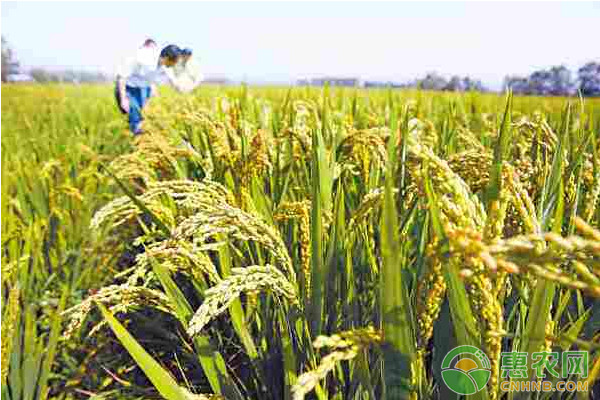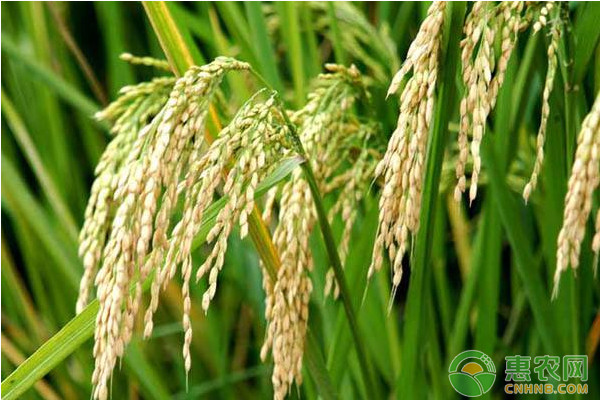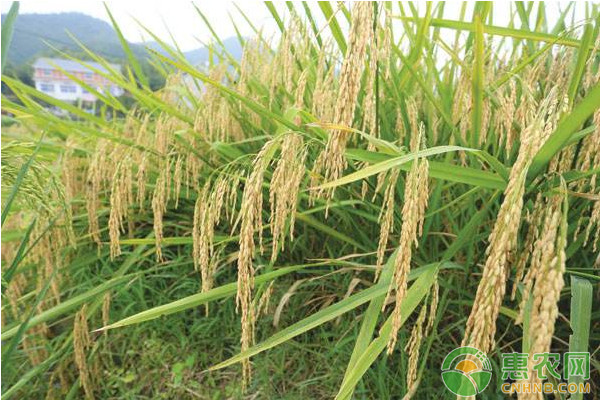How is rice cultivated? Rice is one of the main food crops in China, so its cultivation technology has attracted the attention of many people. In recent years, China's rice cultivation technology has become more and more mature. The following small series has brought a new high quality and high yield of rice. Cultivation Techniques.

1 variety selection, seed treatment
After years of cultivation, there are many varieties of rice. Choosing the right variety is the key to high quality and high yield of rice. To choose a variety suitable for local cultivation, the temperature in the northeast region is low, the planting time is late, and the growth time is long; the varieties with strong stress resistance and high yield should be selected; since new rice varieties are continuously developed, large-area cultivation should be selected. The varieties that have been verified by local practice cannot be selected for new varieties that have just entered the local area. Common rice varieties in Northeast China such as Baijing No.1 and Longjing 40.
Rice should be treated before seeding, mainly including seed selection, soaking and germination. Seed selection is generally carried out by means of salt water selection. The seeds are immersed in a saline solution with a concentration of about 15%, and the seeds floating on the water surface are removed, leaving the full seeds that sink under the water and rinsed with water. Then put the seeds into water at 15~20 °C, soak for about 1 week, then mix the soaking seeds with the seeds according to the instructions, and place them for 2 days to eliminate the various bacteria carried by the seeds. After soaking seeds, the seeds are removed, kept moist, and germinated in an environment of 25 to 30 ° C. When more than 80% of the seeds are whitened, seeding can be carried out. Note that the seeds should be frequently turned during the germination process to avoid excessive local temperature and burn the seeds.
2 sowing seedlings, transplanting and planting
The minimum germination temperature of indica rice is above 10 °C. Therefore, seeding can be carried out when the water temperature exceeds 10 °C, and the northeast region is generally carried out in May. If the water temperature is low, it can be insulated by covering straw, film, etc. to promote the germination of rice. The sowing amount is generally 50~60kg/667m2, and the appropriate reduction of seeding density is conducive to cultivating strong growth and increasing yield. When planting, the method of striping is generally adopted. The row spacing is about 20cm, the strip spacing is about 10cm, and the soil is covered and watered after sowing.
When the seedlings grow to 1 heart and 1 leaf, 4~5Kg of urea is applied as the weaning fertilizer per 667m2 of the field, and 10Kg of urea or compound fertilizer is applied as the relay fertilizer per 667m2 of the field at the three-leaf stage. About 1 week before transplanting, 4~5Kg of urea was applied per 667m2 as a nutrient fertilizer. During the breeding period, it is necessary to maintain sufficient water in the fields.
Before transplanting, the rice fields should be deeply cultivated and the base fertilizer should be applied. The first is tillage, the depth of tillage is generally 20~30cm, and the organic fertilizer is applied 2000~3000kg/667m2 after plowing. In addition, 20kg of urea, 40kg of superphosphate and 10kg of potassium chloride are needed. The specific dosage can be based on soil. Fertility to adjust.

When the seedlings grow to 4 leaves and 1 heart, that is, the transplanting can be carried out at 4 to 5 weeks. The row spacing at the time of transplanting was controlled at about 12 cm × 30 cm, and 1 to 2 plants per hole. When transplanting, the water depth is 2~3cm, and the root of the seedling is inserted into the mud 2~3cm.
3 Field management
3.1 Water and fertilizer management
Rice needs sufficient water during the vigorous growth period, that is, it needs to be irrigated after the transplanting, jointing and heading and flowering to provide sufficient water. After the rice seeds are full, drainage can be started, which is convenient for harvesting. Similarly, it is necessary to topdress in time during the vigorous growth period. Before the transplanting, a certain amount of base fertilizer is generally applied. The amount of urea is generally mixed with diammonium phosphate: potassium sulfate in a ratio of 3:10:6, and fertilization is about 20 kg/667 m2. The first top dressing is split fertilizer, about 5 weeks after planting, applying ammonium sulfate 5~8kg/667m2; the second top dressing is regulating fertilizer, about 8 leaf age (heilongjiang province generally in late June), applying urea 1kg /667m2; The third top dressing is panicle fertilizer, generally in early July, the applied amount is urea 1kg/667m2, ammonium sulfate 2kg/667m2.

3.2 timely weeding
Weeds grow alongside the rice fields and in the rice fields. The growth of these weeds will have an impact on the growth of rice and need to be removed in time. Before transplanting, weeds can be removed from the field and sprayed with a herbicide to slow the growth of weeds. After the rice is transplanted, the field weeds are cleaned once every 4 weeks or so. Weeds in the field are difficult to clean when they are small. When they are grown to a certain extent, they are cleaned up one or two times, especially in the form of alfalfa. When they have not been formed, they are very similar to the appearance of rice and are difficult to identify.
3.3 Pest Control
Rice is a crop with frequent pests and diseases. According to incomplete statistics, China's annual production reduction due to pests and diseases accounts for more than 5% of total rice production. Therefore, we must pay attention to the prevention and control of rice pests and diseases. The common pests and diseases of rice include rice smut, rice blast, rice leaf smut, rice planthopper, rice leaf roller, rice stem borer, etc. The main control measures are as follows: seed treatment before planting must be Sterilize and reduce the occurrence of pests and diseases; in the process of seedling cultivation and field management, improve the resistance of rice through reasonable management methods, reduce the occurrence of pests and diseases; use the phototaxis of pests, trap and kill some pests by black light, etc., reduce pest populations. Quantity; protect or release some of the natural enemies of the pests, Trichogramma, reduce the population of pests; use chemical agents for prevention and control, spray targeted drugs in time after the occurrence of pests and diseases, and reduce the losses caused by pests and diseases.
The above is the full content of today's high-yield rice cultivation techniques. Xiao Bian suggested that friends who have planted rice can collect and learn!
Wenzhou Celecare Medical Instruments Co.,Ltd , https://www.wzcelecare.com